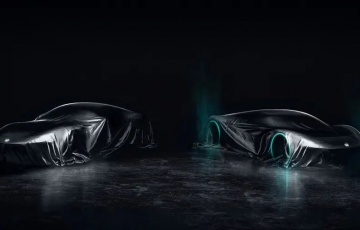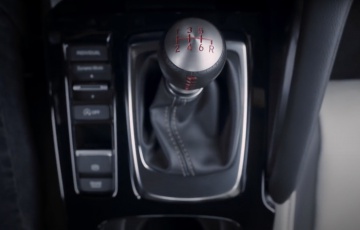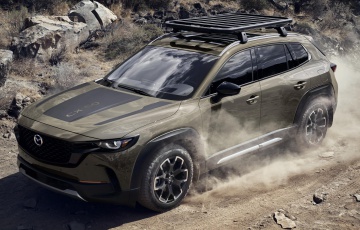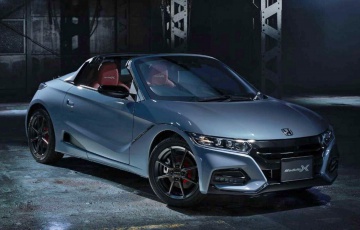Honda Monkey review: reborn Japanese icon ridden
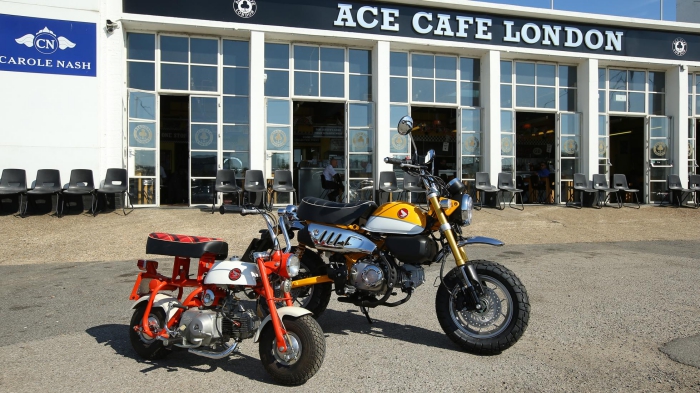
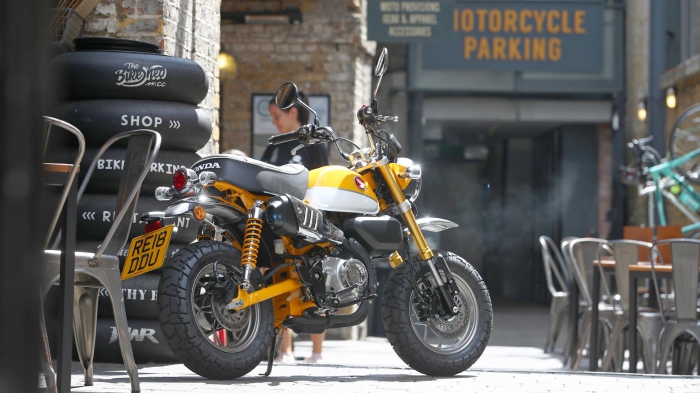
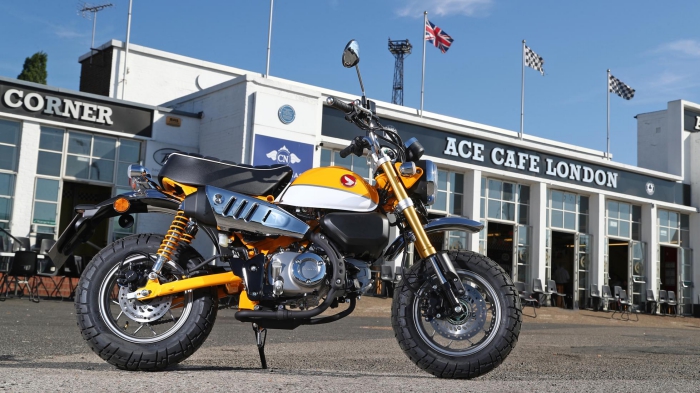
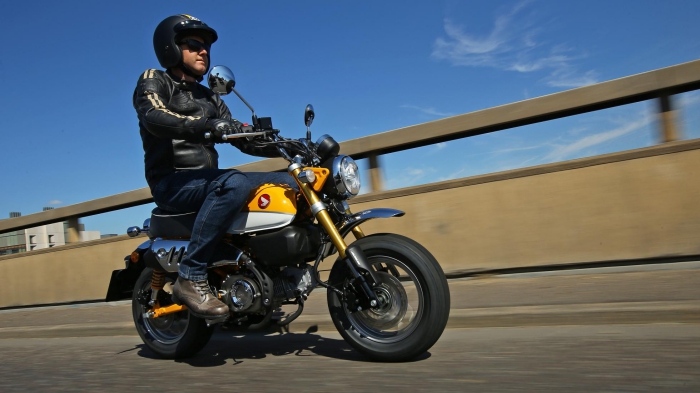
What is that?
A 125cc miniature motorbike with an iconic design and pretty much idiot-proof controls. So probably the easiest and most amusing entrance into the world of two wheels. Put simply, it’s the return of a legend – a freshly rebooted Honda Monkey bike for 2018.
What the heck is a Monkey bike?
Ah, you must be a Millennial. Well, back in the Seventies the Monkey bike was a diddy motorbike that incited palpitations of want in pretty much every flare-wearer worth their hippy bath salts. Especially those that appreciated clever, simple design and perfect proportions.
Although Monkey mayhem hit fever pitch in the Seventies, the first bikes date back to 1961 when an amusement park in Tokyo wanted some tiddly bikes for kids to tool around on. Honda stepped up to the plate and developed what was effectively a tiny, two-wheeled 49cc toy.
But with an adorable design, distinctive chrome tank, folding handlebars and five-inch diameter rigidly-mounted wheels, it proved to be a massive draw for child-minded adults too. So much so, that a road-going version was developed and exported to America and Europe in 1963.
Over the next decade, it kept on developing and getting both physically and culturally bigger. By 1969 its wheels had increased to eight inches, and in 1970 it gained quick-detach forks, meaning it could fit into the boot of a small car, making it the perfect tender for people needing to mooch around town.
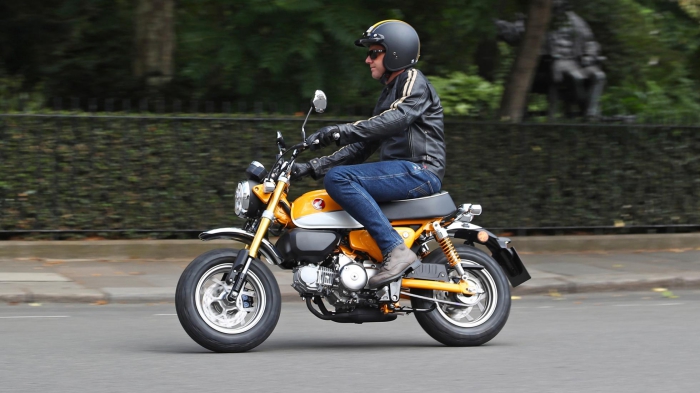
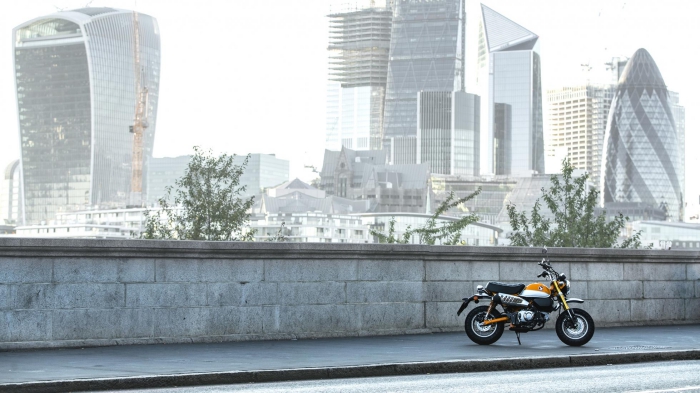
Was it actually any good?
Being the baby scale of a ‘proper’ bike and having a 3spd gearbox and centrifugal clutch, all you had do was twist and go, making it approachable for everyone.
And by the end of the 70s – where it had a re-styled teardrop fuel tank, chunky tyres, mini ‘ape’ style handlebars and a big, squashy seat – everyone from Michael Jackson to The Beatles was biffing around on them.
Think of them as the 1970s answer to those battery-powered hoverboards. Y’know, the ones Mike Tyson falls off. Just less fiery. And more iconic.
So iconic, in fact, that they’ve become exceedingly valuable (John Lennon’s sold for £57,500 last year) so Honda’s decided to bring it back in a very similar way that car manufacturers have brought back and modernised iconic shapes such as the Fiat 500, Volkswagen Beetle and Mini, cats that now fall under the banner of ‘retro’.
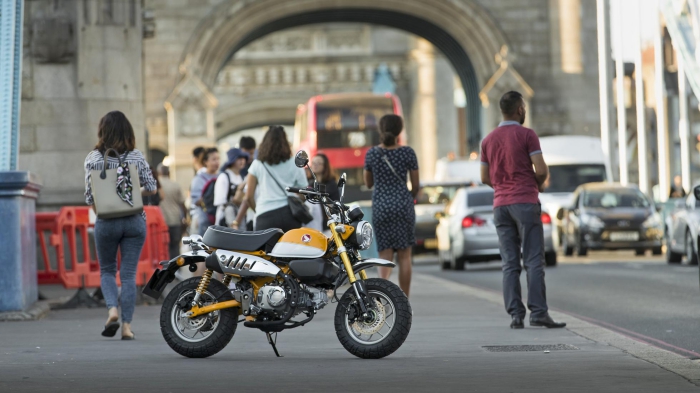
Is it true to the original?
In parts. Like all those cars that have been given a new 21st-century lease of life, the new Monkey bike is a lot bigger than its predecessors. It’s still small for a motorbike, but not as diminutive as its granddad. Probably a good thing given everything else has got bigger on the road too.
But where you could easily limbo the original between the wheels of a lorry if you really wanted to, it’d be a lot harder now. It’s difficult to tell its scale from the pics, but think of it as the Russian doll in between a full-on scooter and your traditional pit bike.
The increased proportions are largely due to the fact that this new-age Monkey has been designed to be a fully-fledged motorbike from the outset, not a toy that’s been made road-legal.
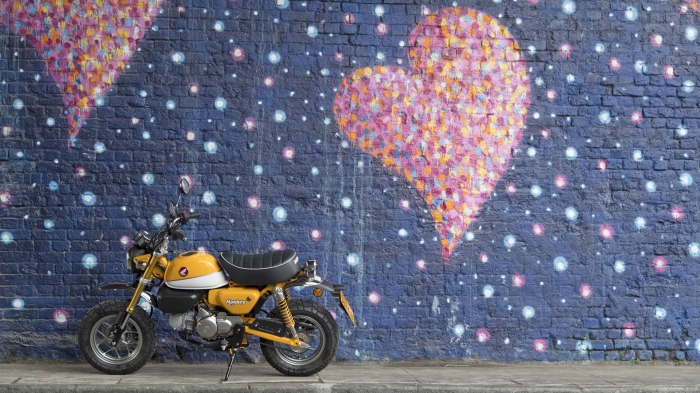
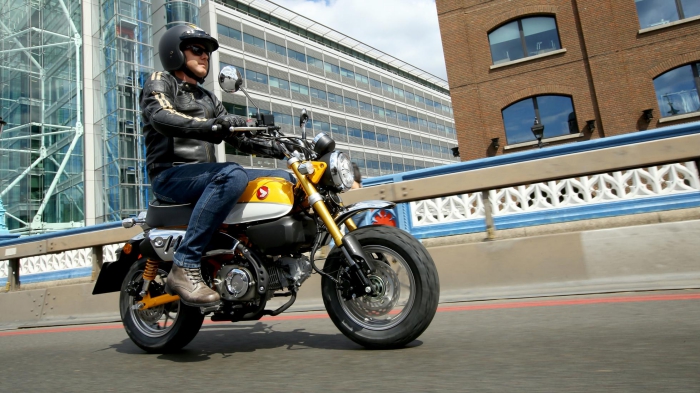
Tell me about the oily bits.
It’s based on Honda’s other incredibly fun and popular mini bike, the MSX125 (or Grom, as it’s more affectionately known). The Monkey robs its frame and engine, as well as the wheels, brakes and front suspension.
Powered by a 125cc air-cooled engine delivering – wait for it – 9.25bhp you’d think it couldn’t even be used by Deliveroo riders, as a large Indian takeaway hanging off the back would bog it down completely.
But only weighing 107kg, it’s surprisingly nippy. It’s also now got a four-speed ‘box (compared to the three-speed original) and the centrifugal auto-clutch has been binned in favour of a standard left-hand clutch lever. But having such a small, fuel-injected engine and being remarkably light, it’s also a force of efficiency delivering a staggering claimed 1.5l/100km, which means you’d get just over 370km out of the tiny 5.6-litre tank.
STORY Rowan Horncastle






